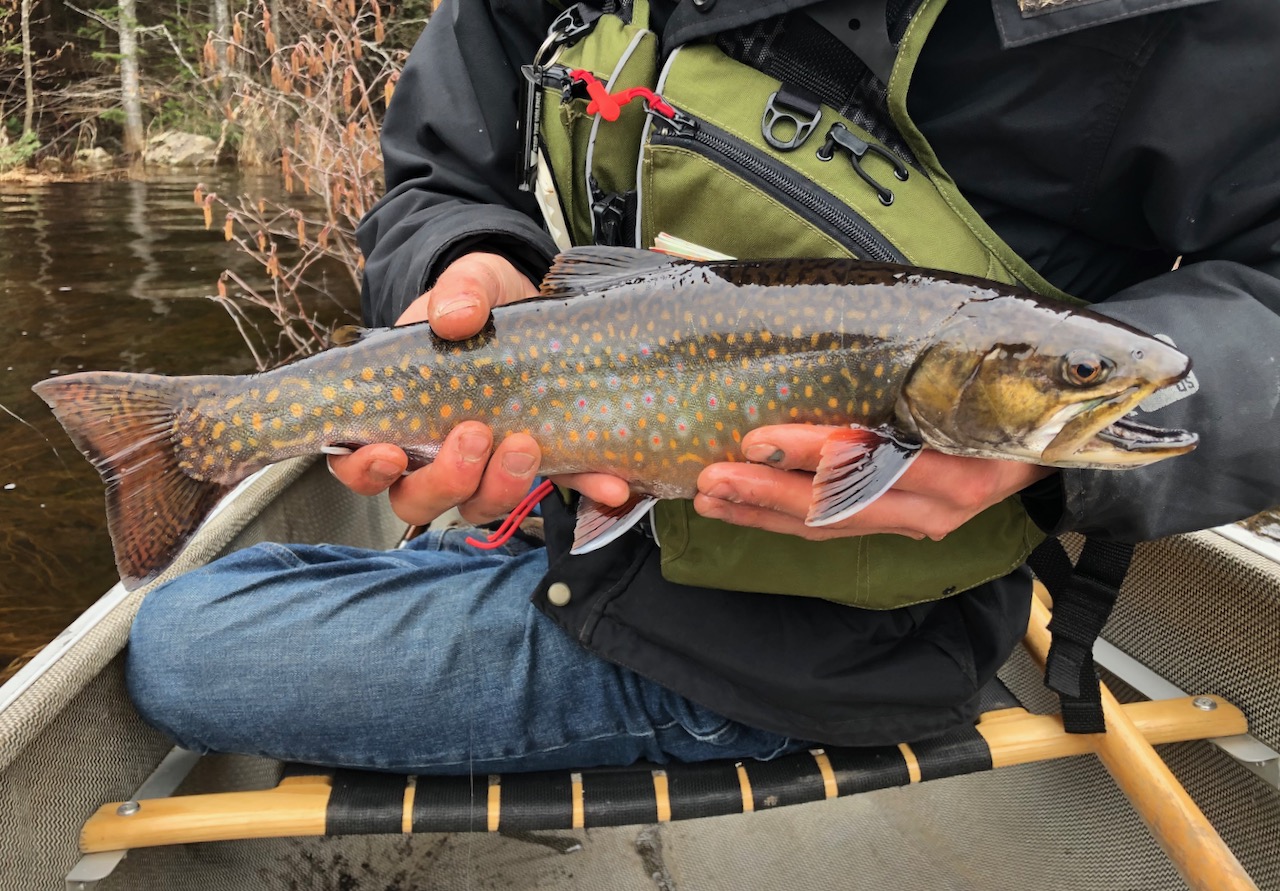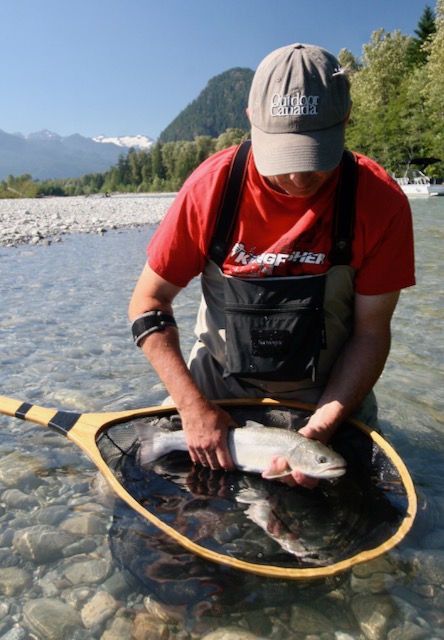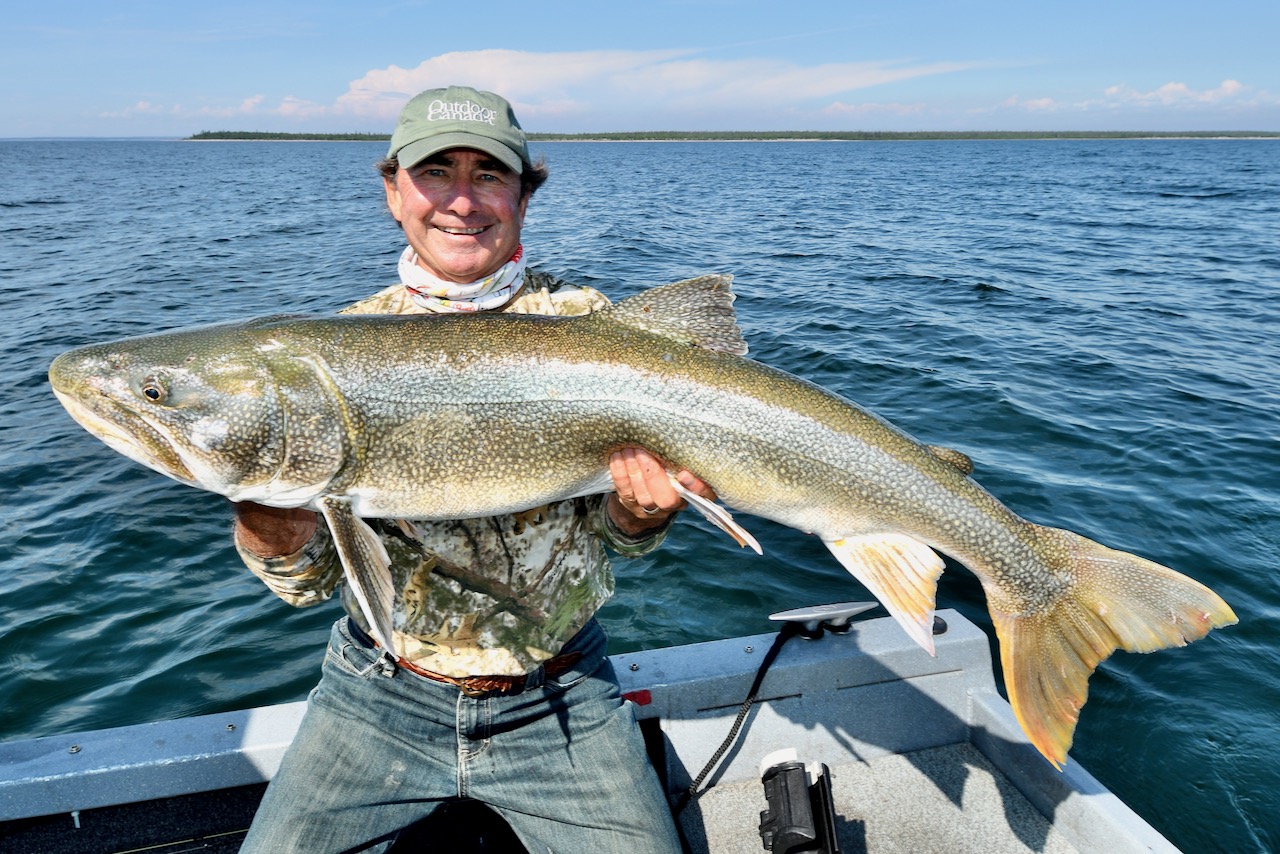THE TACTICAL TROUTER
To commemorate Outdoor Canada’s 50th anniversary, our now-retired fishing editor shares his 50 hottest techniques for tackling trout
Advertisement

#41 For the best trophy laker tactic you’ll likely ever try, tie an eight-ounce banana weight to a 65-pound braided main line, then attach a four-foot 80-pound fluorocarbon leader. Add a Magnum Bondy Bait, snap troll at 1.75 mph, and get ready for a massive hit.
#42 As anglers, we’re often consumed with learning new trout tactics. However, I spend just as much time studying the habits of trout food, whether it’s smelt and ciscoes or chironomids and mayflies. Find the food, and the trout are never far away.
Advertisement
#43 Trout hide in the darkness of the water column to prey on baitfish—and that’s where you want your bait to be. To find just the right depth, use a line counter reel or knotted string to measure how far a bright silver spoon will sink before you lose sight of it. Welcome to the Twilight Zone.
#44 Stillwater anglers often have trouble associating trout with weedy bays, stump-filled coves and reedy shorelines, but those areas are the most fertile feeding grounds. Search for soft bottoms, which host copious amounts of the mayfly, midge and caddisfly larvae that trout relish.
#45 Most anglers fish for brook trout in stocked lakes, but brookies are a riverine species. That’s why you’ll find them in stillwater relating instinctively to the shoreline as though it were a riverbank.
Advertisement
#46 Trout have magnificent senses of taste and smell. That’s why live bait and scented soft-plastics are sometimes prohibited. Where allowed, however, apply scent to your lures. Just remember, they must be water-soluble scents—not oil-based—for trout to detect them.

#47 Always take the path less-travelled when walking a riverbank. If you follow the well-worn trail, you’ll just be fishing used water for pressured trout. Instead, pick your way through the bushes, briars and brambles, and you’ll discover the hidden gems.
Advertisement
#48 Fish upstream so you’re less likely to alert the trout, letting the silt you stir up drift downstream over water you’ve already covered. And because trout face into the current, they’ll see your offering drift in a natural manner when you cast upstream (or quarter across).
#49 Calm bluebird days are ideal for sight-fishing, but keep your distance from the trout and don’t make any fast, erratic arm movements. Cast well beyond the fish and use the current to help drift your fly or lure into the strike zone.
#50 Finally, always remember that every lake, river, reservoir, creek and stream is different, and that means you need to adjust your approach accordingly from waterbody to waterbody. Fine-tune your set-up just right to the local circumstances, and you should have no trouble catching trout anywhere they swim in Canada.

